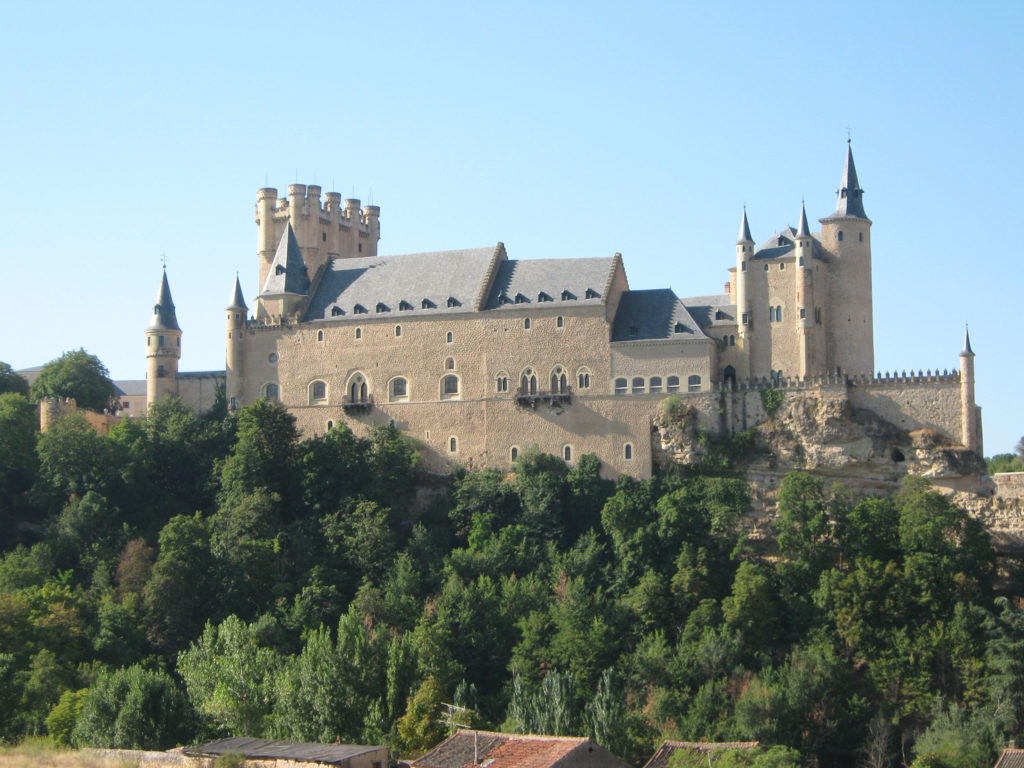Gulliver is attempting to emigrate to India when a shipwreck changes his schedule and deposits him among first the little people and then the big people, as Jonathan Swift strives to teach us that we are either tiny and foolish or huge and clumsy.
This film is quite a good advertisement for Spanish scenery, and the film crew used many of the same locations as in the ‘7th Voyage of Sinbad’, beginning with the beautiful Costa Brava beach of S’Agaro in Girona province, where Gulliver is washed ashore and finds himself in Lilliput.
Gulliver is attempting to emigrate to India when a shipwreck changes his schedule and deposits him among first the little people and then the big people, as Jonathan Swift strives to teach us that we are either tiny and foolish or huge and clumsy.
This film is quite a good advertisement for Spanish scenery, and the film crew used many of the same locations as in the ‘7thVoyage of Sinbad’, beginning with the beautiful Costa Brava beach of S’Agaro in Girona province, where Gulliver is washed ashore and finds himself in Lilliput.
The Castle of the Emperor of Lilliput is the town walls of Ávila on the outside and the gardens of La Granja de San Idelfonso, the royal summer residence near Segovia, on the inside, with its fountains and ponds that are the scenario for the balancing contest to decide who will be the next Prime Minister.
The enemies of Lilliput, the people of Blefuscu, have a much humbler castle at S’Agaró, which is really nothing more than a series of arches in the harbour.
Later, when he arrives in Brobdingnag, the kingdom of the giants, the King’s castle is Segovia’s Alcázar, from which our heroes are seen escaping after the showdown with the tiny giant crocodile (if you get my meaning).
